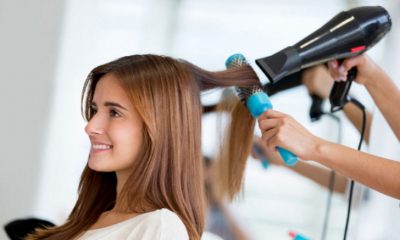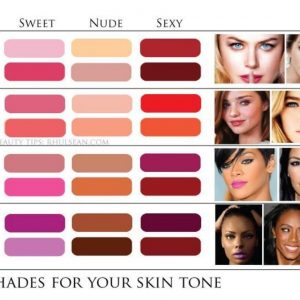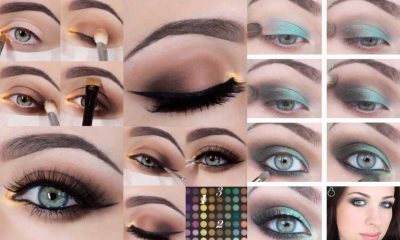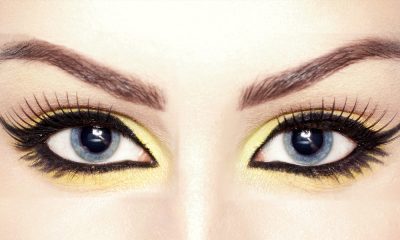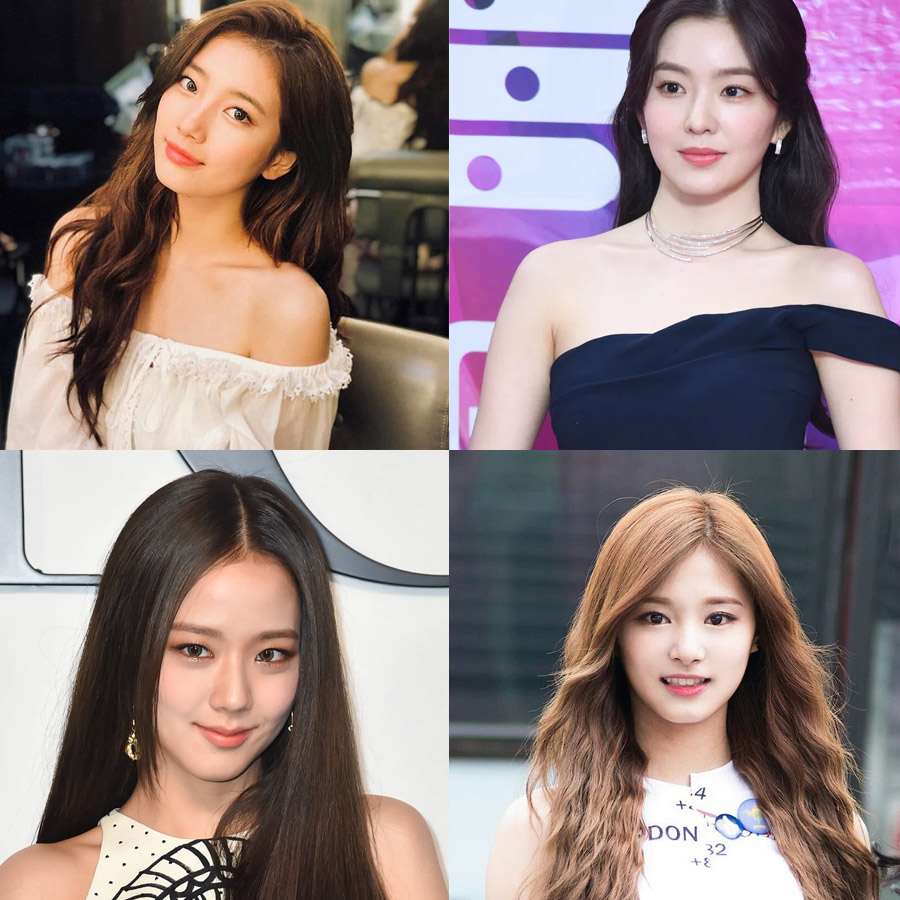
In the last five years, Korean beauty standards have reached a higher level of interest for the rest of the world than ever before.
Korean Beauty Products
Korean beauty products are revered as some of the best in the world, and they certainly are highly innovative and effective.
They use bee venom, starfish extract, snail slime and pig collagen to help buyers improve their skin-tone and condition.
And the Korean beauty industry is now one of the top global beauty performers, with a high, international demand for their face-masks, cleansers and moisturizers.
But the impossible-to-achieve Korean beauty standard is wreaking havoc with the mental and physical health of Korean women and men, who are among the highest plastic-surgery consumers in the world.
So let’s consider the Korean beauty standard and how it differs from the comparatively wider spread of acceptable beauty looks shared by the more diverse, Western world.
Female Korean Beauty Standards
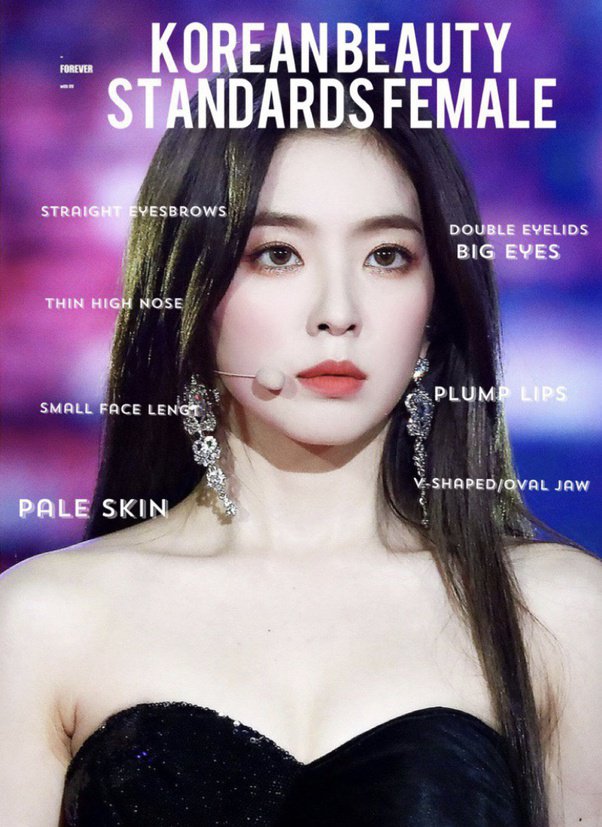
To be beautiful in Korea, you should look like an innocent child with a small face, Peter Pan nose, big eyes and a super-slim body.
Compared to the Western ideal, Koreans don’t want to see a curvy, womanly figure but prefer a cute and child-like face and body.
And Korean women are expected to pursue their beauty goal through intermittent fasting, undereating and restricted nutrition, which doesn’t allow them to be fit and healthy.
Korean Beauty Standards for the Face
1. Small face
Having a small face is essential if you are a Korean women aspiring to beauty.
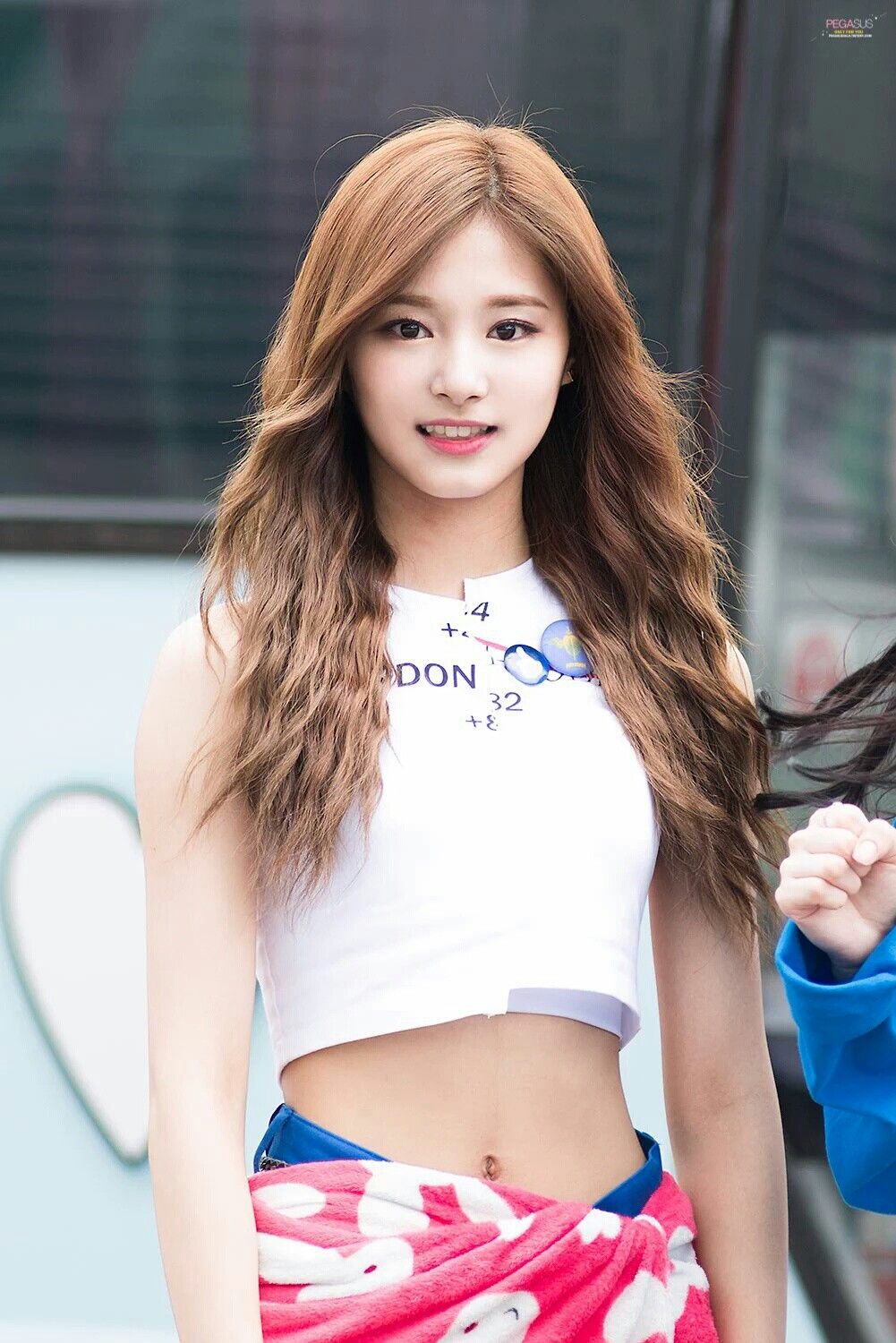
And you should also have a small, pointed nose, plump lips on a small mouth, a v-shaped jawline and straight-across eyebrows.
The aim is to appear child-like and as many as 20% of Korean women have plastic surgery every year to change their bone structure to conform to this idea.
In particular, jaw and chin reduction or V-line surgery, and cheekbone reduction surgery are popular ways to change the facial contour of Korean women.
2. V-shaped jaw
Surgery is used to create a more petite face with a V-shaped look that produces a delicate and under-defined jawline with a pointed chin.
In this operation, the surgeon will shave the patient’s jaw to create a slimmer face and re-shape the nose to be more pointed, with a higher bridge.
And for those who haven’t had V-line surgery, it is vital to hide part of the jaw with contouring or photo-filters when posting to social media.
So contrary to western ideals of beauty, where contouring is aimed at accentuating the cheekbones and jawline, Korean make-up is designed to do the opposite.
Korean women shade and hide the outer edges of the face to make it look smaller.
And you can see this desire reflected in the many beauty tools invented by the South Koreans, such as the chin-strap, jawline sheet-masks and massaging rollers.
3. Small & pointed nose
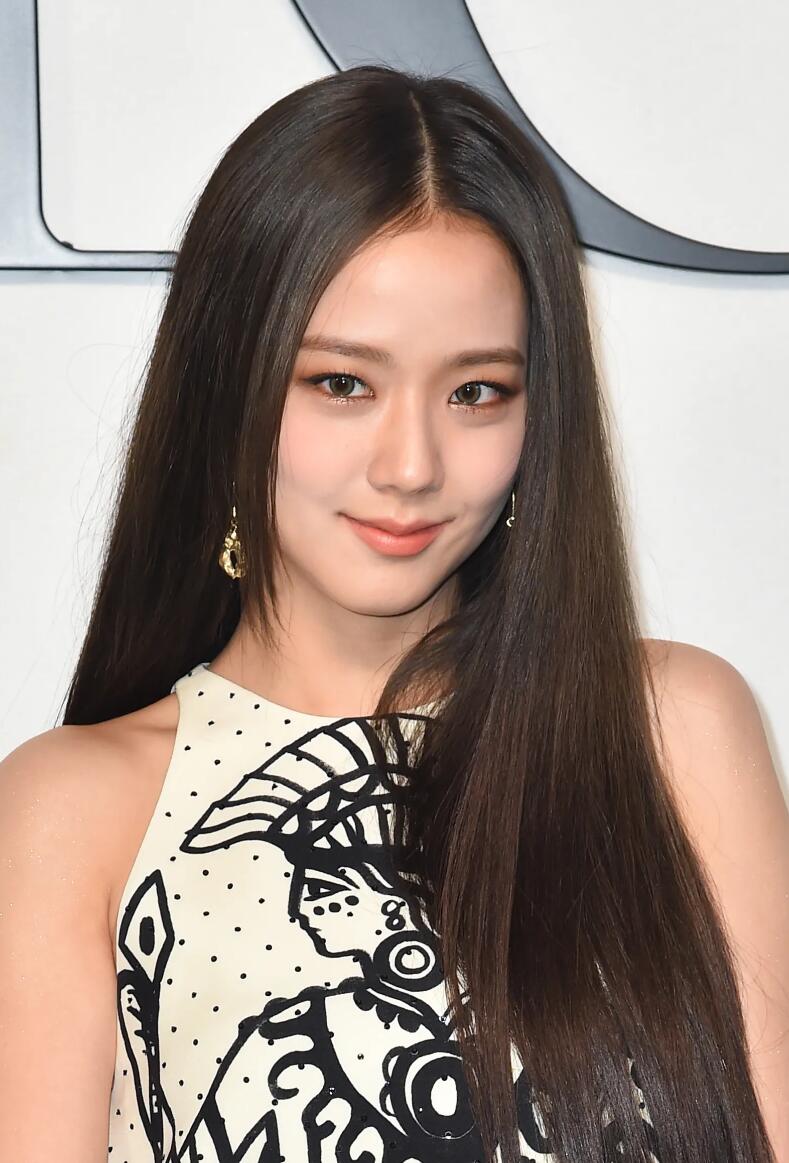
Another important feature is to have a delicate, pointed nose which is considered to be both elegant and sophisticated in Korean beauty culture.
This is a fairly recent introduction, as until quite recently large noses were considered a sign of beauty for many centuries.
But it would appear that the child-like figures in Japanese anime and graphic novels have had a strong influence on Korean beauty culture.
4. Small mouth & plump lips
And to complete the typical beautiful Korean face, the mouth should be small but with plump lips. The upper lip should turn upwards, as in a smile, and the bottom lip has to be plumper than the top.
So Korean women use make-up to create a smaller-looking mouth and boost their lips with hyaluronic fillers.
5. Paler skin
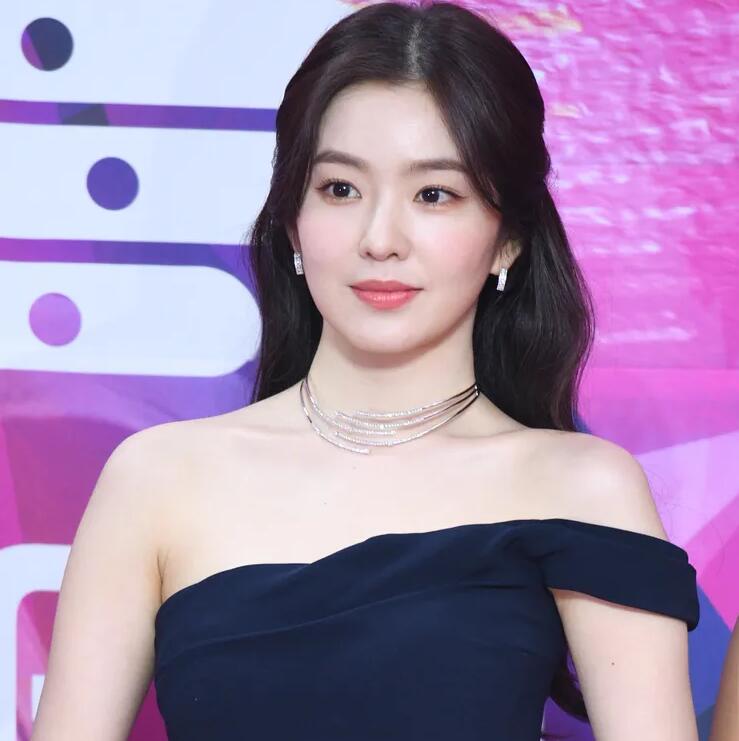
To be considered beautiful to Koreans, their skin should be as white as possible and flawless.
This is to differentiate people from darkly suntanned agricultural workers.
In the past, only aristocratic families, who didn’t have to work in the fields, had a light complexion and so pale skin is still a subtle sign of high social status in many Asian countries.
And in order to keep their skin as pale as possible, Koreans use high-factor sun-protection creams, thick foundations and garments to cover their arms and legs when they go outside in the sunshine.
The also use special skin-whitening face-masks to try and whiten their skin and acne patches to hide blemishes.
6. Larger eyes & double eyelids
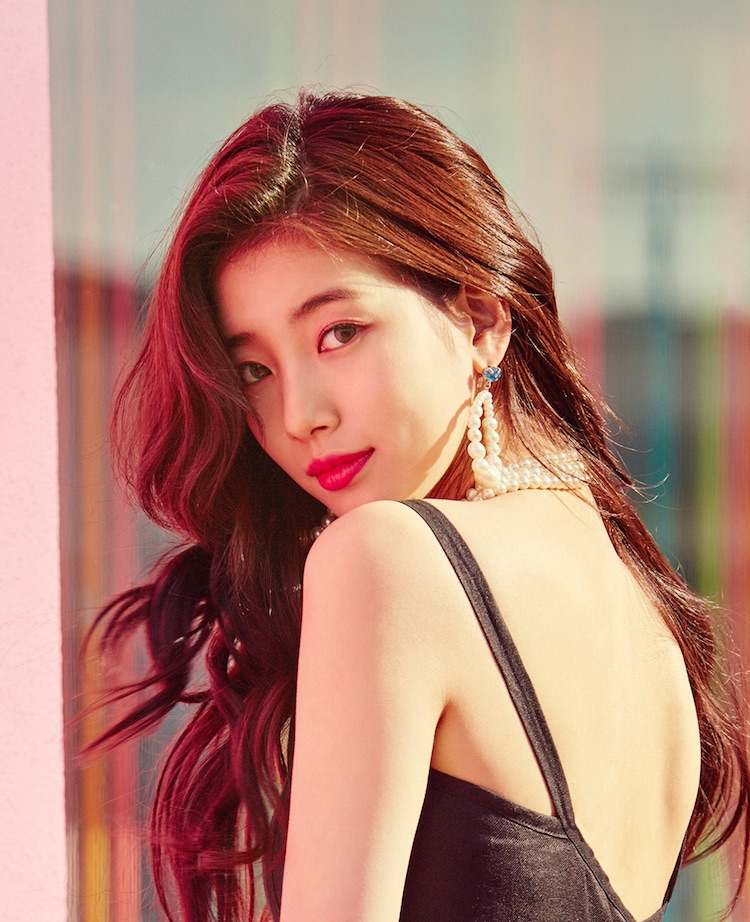
Koreans prefer larger, rounder eyes, which they perceive as creating a more ‘innocent’ and youthful look.
So large, round or almond-shaped eyes are the favorite look.
However, according to a survey undertaken by Allure, 50% of Korean women have small eyes and mono-lids, which don’t measure up to the national beauty standard.
Mono-lids are single eyelids, which allow the eye to be flush with the brow-bone and connected by one section of skin.
There is no fold or crease unlike western eye-lids which are mostly separated into two sections.
And the only way to increase eye size is by plastic surgery, known as ‘double eye-lid surgery’ or ‘East Asian blepharoplasty’, which creates a second eye crease.
And it is believed that as many as 33% of Koreans have had double eye-lid surgery to make their eyes appear larger and ‘prettier’.
7. Aegyo-sal plumping
Another popular, and less intrusive method of making the eyes appear younger is to inject fat, or another filler, under the eyes.
And this is known as aegyo-sal treatment.
8. Invisible eye-lid tape for double lids
Most Korean women who change their eye-shape do so by using invisible eye-lid tape.
This is glued to the lid in such a way as to create a double eye-lid fold when the eye is open.
And to fit in with their unique beauty standard, modern Korean make-up has moved away from the ubiquitous sexy, cat-eyeliner flick to a shape more in keeping with a puppy-dog look.
9. Slim figure
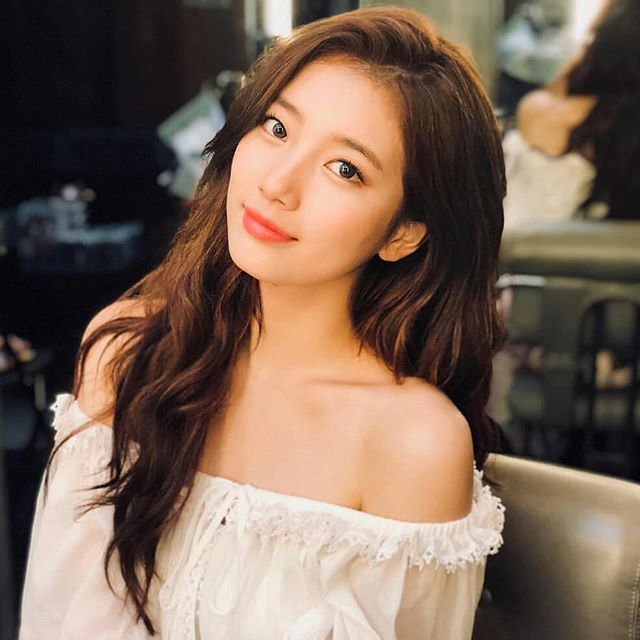
The most admired body shape for Korean beauty is a slim figure, with a straight shoulder-line and long legs.
South Korea has possible the lowest obesity rate in the world, and over 60% of Korean women and 40% of Korean men are on a diet at any one time.
The choice to diet is thought to be caused by the strong desire to have a slim figure, which is seen as a necessity for anyone hoping to be seen as attractive in the Korean culture.
Thriving Korean Weight-loss Market
South Korean people have many special weight-loss clinics to help them lose weight and they are also encouraged to follow popular diets promoted by celebrities.
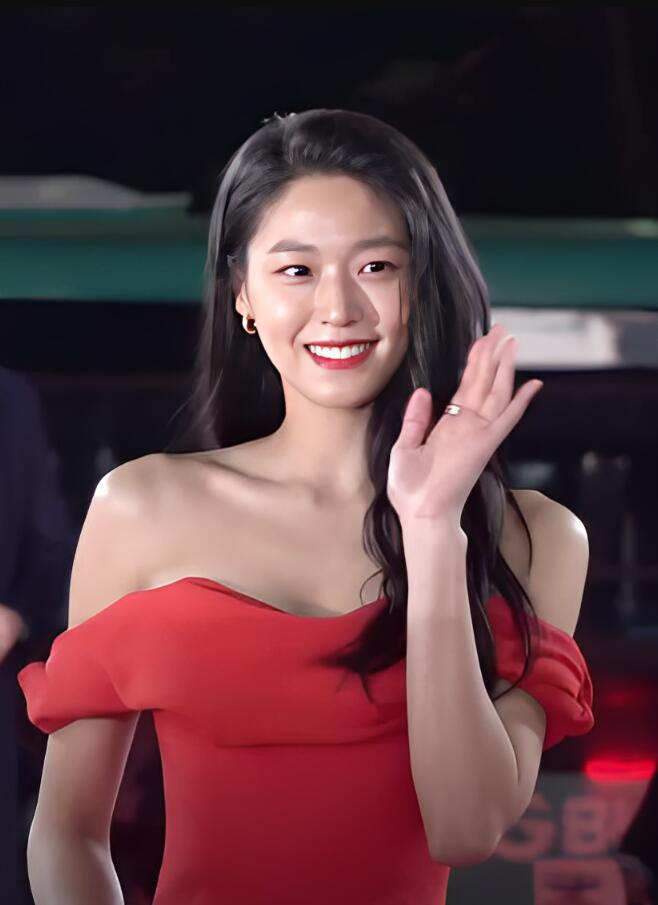
Korean pop idols promote fat-burning injections and these are said to be the most asked for procedures to reduce body weight.
Dieting pills, which are not considered a healthy way to lose weight in the west, are available in most pharmacies.
And plastic surgery is also a popular way to remove unwanted fat via liposuction treatments.
So Korean beauty culture loves a skinny figure, without noticeable curves, but you have to avoid looking too thin, which is perceived as unattractive.
Korean Male Beauty Standards
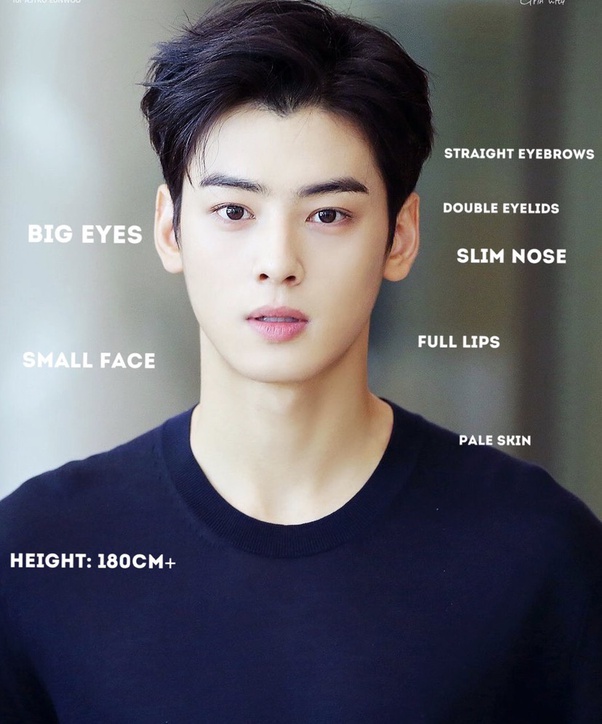
South Korea also has particular male beauty standards, which differ from the western, masculine ideal.
The most popular beauty look for men is cute, feminine to androgynous, with a figure that isn’t fat or muscular.
However, since the start of this year, the influence of western media has encouraged Korean males to start building-up their musculature through gym workouts.
Even so, it is common for Korean me to use moisturizing lotion, foundation and other make-up whilst they are using the gym – or doing anything else in their daily life.
And compared to the US, UK, Canada, Australia and New Zealand, where the ideal man stands between a version of the Norse god, Thor, and a sophisticated James Bond figure, Korean men copy boyish, K-Pop stars for their beauty ideal.
1. Slim facial features
Korean men also use surgery to create more delicate and slender facial features, plus a higher bridge to the nose.
2. Double eye-lids
And men in Korea also have surgery to change their mono-lids to double eyelids.
3. Fair skin
Korean men routinely use skin-care products and make-up to keep their skin looking light, smooth and clear.
4. Dyed hair
No Korean man wants to show gray or white hair, so about 96% dye their hair regularly to help maintain a youthful appearance.
5. Androgynous body shape
The beauty standard for men includes an androgynous figure, which isn’t too skinny, muscular or fat.
6. Fashionable outfits
Androgynous clothing is popular in Korea for trendy men, who often wear Femboy outfits and streetwear fashions to stay stylish and attractive.
The Male Beauty Market in South Korea
Unlike the focus on women in the Western beauty market, Korean beauty is equally aimed at men.
Makeup is not presented as being for one gender or the other, but make-up and skin-care are bought by everyone as a unisex product.
And during the last 10 years, South Korean men have become the world’s biggest buyers of beauty products.
Koreans are also keen on any new beauty innovation to hit the market, whether it is the skincare fridge, blood transfusions and skin transplants offered by cosmetic clinics.
From 2011 to 2017, the beauty market for males in Korea grew by a massive 44%, boosting an already buoyant market that makes a hefty $10 billion each year!
And so it’s not surprising to discover that more than 59% of South Korean men say they have a beauty or grooming treatment at least once a week.
Korean Beauty Idols
In order to be considered pretty and attractive in Korea, you must look like the most popular beauty idols, who are often K-Pop performers, actors, and TV celebs.
And these ‘beauty idols’ use different types of slimming diet which they document on their social media as a guide to young Koreans who love following their behavior, hoping to become more visually appealing.
Here are some of the most admired celebs in Korea at the moment:
Tzuyu – Korean Beauty Idol
Irene – Korean Beauty Idol
Jisoo – Korean Beauty Idol
Somi – Korean Beauty Idol
Suzy – Korean Beauty Idol
Seolhyun – Korean Beauty Idol
IU – Korean Beauty Idol
Lee Min-Jung – Korean Beauty Idol
Jun Ji-Hyun – Korean Beauty Idol
Kim Tae-Hee – Korean Beauty Idol
Demand for Cosmetic Surgery
A study undertaken in 2009 revealed that Korean women were extremely critical of their general look and likely to have lower levels of self-confidence and self-worth compared to US women.
And by 2015, a survey from Gallup, Korea found that as many as 33% of South Korean women between the ages of 19 – 29 years had already had plastic surgery to ‘improve their beauty’.
One of the latest studies, from 2020, found that 20% of young girls in Korea had undertaken cosmetic surgery, which is significantly higher than the global average.
Why Are South Korean Beauty Standards So Strict?
It remains unclear to the Western world why the Korean standard of beauty is so strict, but it’s upheld in all layers of society including the employment market.
South Korean employers routinely expect to receive a photo, the height measurement and also the family background of applicants along with each application.
In Korea, as in other countries, beauty is often seen as a means to climb the socio-economic ladder to success.
And as South Korea is experiencing a slow rate of employment opportunities after an economic boom, it has a well-educated and skilled workforce competing for a low number of jobs.
Korean Beauty Standards & the Workplace
South Korea is currently ranged in the top twenty best economies in the world and has seen an incredible, 20-fold increase in income per person.
And women’s rights have also gained more attention, along with a rise in eating disorders and body dissatisfaction.
So it would seem that Korean men and women could be viewing augmented ‘beauty’ as a way to get an edge over their competitors in the job market.
And it may be the competitive job market which is pushing up the demand for surgery, cosmetic dentistry and cosmetic surgery.
Negative Consequences of Korean Beauty Standards
And as the adopted beauty standard is at odds with the natural bone structure and facial features of Korean faces, this is causing a lot of unhappiness.
1. Unrealistic K-pop image
K-pop has become a cultural phenomonen in South Korea and generates a substantial revenue every year.
However, to continue as beauty idols to the public, these young people have to pay a heavy price in their health and well-being.
They don’t eat sufficient food to feed their bodies healthily and supply the vitamins and minerals all of us need.
And fasting has become a way of life they encourage their fans to follow, in order to remain unnaturally slender and child-like in appearance.
It seems as if human beings are passing through a strange time in which the US, UK, Canada, Australia and Europe are eating far too much, but some East Asians are eating too little!
2. High rates of plastic-surgery interventions
The International Society of Aesthetic Plastic Surgeons undertook a global survey in 2015, which found that S. Korea had the second-highest rate of cosmetic interventions in East Asia.
And this type of unnecessary surgery is not only socially acceptable in S. Korea, but actively promoted by media and celebrities.
But this is causing a time-bomb of social and marital discord, as there has also been a sharp rise in the number of men who suspect their wives have been unfaithful and take them to court.
And this is happening because the husbands find that their children do not look like their wives!
3. Negative body image problems
Korean marketing campaigns for beauty products are more like body-shaming and bullying, in comparison with Western marketing methods.
Female celebrities and TV hosts actively promote the idea that ‘fat is ugly’ and being overweight is a barrier to becoming successful and popular.
Korean society is less diverse than say society in the US, UK, Australia, Canada and New Zealand, who have accepted many new citizens from distant cultures for a long period of time now.
So in a more closed society, you always get a stronger feeling that everyone must conform to the same cultural standards, and acceptance is crucial to an individual’s well-being.
So the result is that Koreans are suffering a deluge of eating disorders, unhealthy diets, lack of self-esteem and in some cases this leads to early death.
4. Excessive use of beauty products
The rapid rise in demand for beauty products has attracted the attention of other countries, and made Korean beauty products popular around the globe.
However, it has also led to criticism because Korean beauty products cause a lot of environmental damage, through waste and pollution.
In addition, there has sprung up a black market of fake Korean beauty products made with unhealthy ingredients which can have serious, negative health consequences.
The Korean ‘Escape the Corset’ Movement
Fortunately, a feminist movement began in South Korea, following on from the #MeToo Movement, which successfully brought to light thousands of sexual assault and harassment cases.
And this prompted prosecutions and changes in the law to help protect women and girls in the future.
The Korean movement is called the, ‘Escape the Corset’, campaign.
And it protests against the strict and unhealthy beauty standards being pushed onto Korean women like old-fashioned, physical corsets.
This movement aims to break down the strict and unrealistic Korean beauty standard for men and women.
And its goal is to move back to an aesthetic that values the natural bone structure, skin-tone and eyes of the Korean people – which are naturally beautiful!
And in support of this refreshing new movement, many Korean women have publicly destroyed cosmetics, chopped off their long hair and renounced plastic surgery as anti-Korean.
The purpose of this movement is to allow Korean men and women to feel satisfied with their natural self, by removing the cruel, social pressure that seeks to completely remove their identity.
In Conclusion
We’ve all heard about the efficacy of Korean beauty products, just like the Korean beauty balm and Korean cushion compacts, but there is a downside to any of us developing an obsession with changing most of our natural features.
We all have different ways of being beautiful that can be valued and admired by the people we meet.
And enhancing ourselves with some make-up is fine, as long as we don’t seek to completely change who we are!
Your comments
Here’s your opportunity to have your say about beauty standards in Korea and the rest of the world. We love to hear your thoughts and opinions!
- What do you think about the strictness of the Korean beauty aesthetic?
- Do you think radical and widespread plastic surgery affects an individual’s sense of identity?
- Have you used Korean beauty products? Which ones and what did you think of them?
- Do you look for sustainable cosmetic brands that respect the environment?
- Have you ever experienced fake Korean beauty products?
Thank you for sharing your views with the friendly HerStyleCode community!
